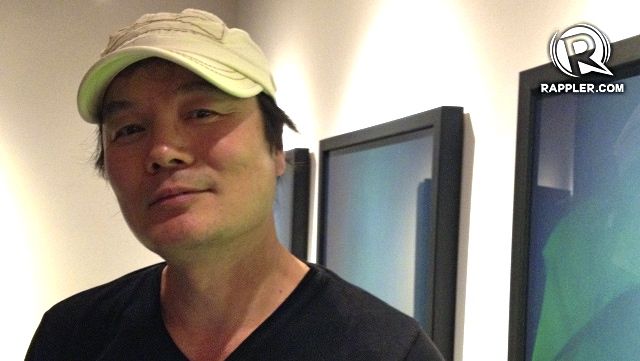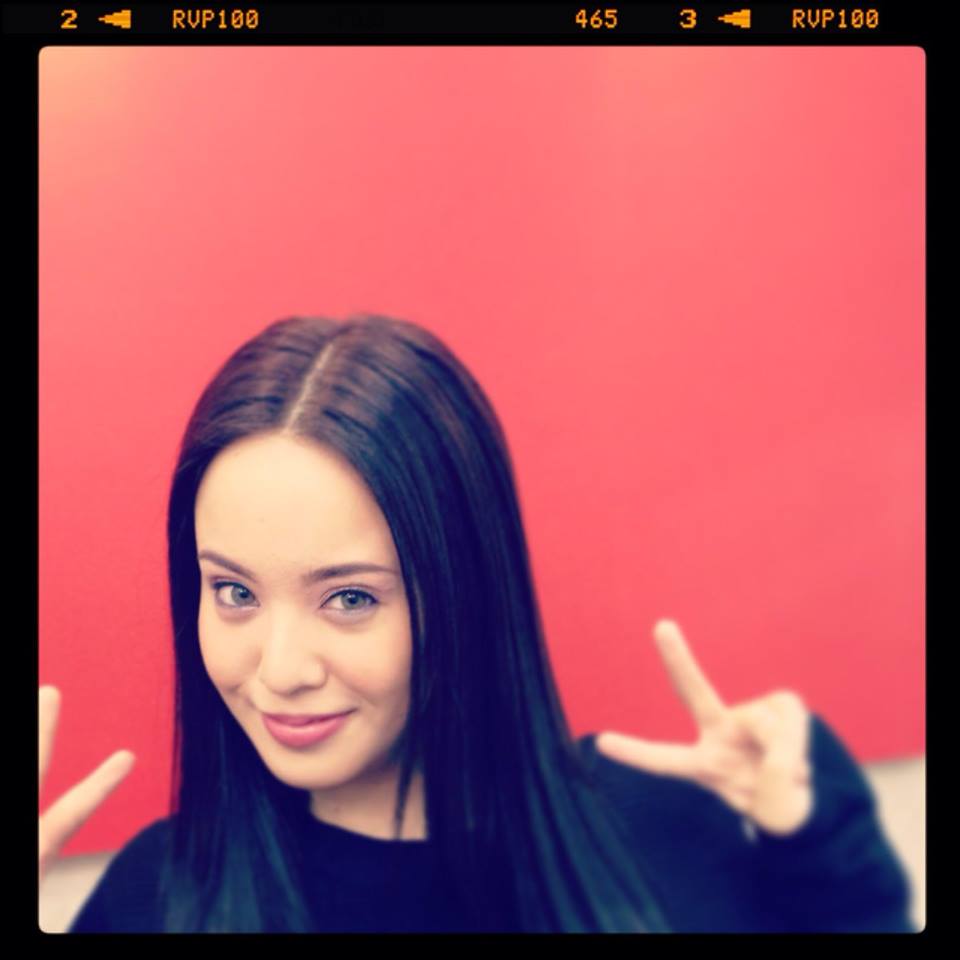SUMMARY
This is AI generated summarization, which may have errors. For context, always refer to the full article.

MANILA, Philippines – Photographer, holographic artist and professor Juyong Lee launched his first exhibit in the Philippines last October 30 at Vask, The Fort. Lee has also exhibited in the Museum of Contemporary Art in Seoul, and in the US, China, Japan, Turkey, Nepal and India.
In his Philippine exhibit, Lee focused on themes that involved the relationship of objects, time and nature to memory. The images are enclosed in holographic frames and possess a 3-dimensional appearance, enhancing the “reality” of the picture. Lee is proud to have accomplished this goal.
Rappler spoke with Lee at his exhibit opening to understand the vision behind his art.
Welcome to Manila! How do you feel about holding your first exhibit here?
[It’s] my first time to be here in Manila [and] in Vask. I’m very excited to see the reaction of the Filipinos towards my work. I’m very happy and honored to be here for this exhibition.
How did you get into holographic art?
I was a painter when I was young, then I changed my media to photography. My major [at university] was photography. I flew to the United States and worked in a photography museum. I found [out about] holography then and was very impressed by the new media that I got into it.
What’s the difference between photography and holography?
The difference between photography and holography is reality. [Holography] is so real. When I see it — the hologram — it’s so realistic [to me] that I get scared..Maybe in 10 years 3-dimensional communication [will be the status quo in] visual communication.
What are the themes that you focus on?
My main theme is “Memory of Time,” but there are so many “branches” to my work. One is on the object and memory; another is the moment of the memory; and [yet another] collecting the memory from nature. I work with nature, people and objects — 3 different “branches.”
Holographic art is very futuristic, yet you also focus on analog subjects as themes. What can you say about this ironic combination?
We live in the digital era now, [and have lived] through the analog era. It’s all mixed together. We are more developed [because of] digital [technology], but there are times when we [still refer to the origin of things]. That’s why I like matching new media with very low technology — or nature — or something not “artificial.”
What’s your favorite memory that you’d like to put in a hologram forever?
Definitely my family.
What’s next for you?
An installation of a 3-dimensional space. For example, I will use windows as holograms. When you open one, you will see nature — real nature. When you close it, you will see a virtual world: an entry from the virtual world to the real world through the window. – Rappler.com
Juyong Lee’s exhibit at Vask runs until December 30.

Victoria Herrera is a TV and event host, model and freelance writer. She was features editor of Status Magazine before joining the short-lived radio show, “The Dollhouse,” as an on-air personality. In 2011, she published her first book titled “Unscripted,” a compilation of inspiring, heartfelt conversations from the radio show. In 2013, she launched her social enterprise Change Clothes that focuses on selling second-hand clothing to raise funds for non-profit organizations. Victoria lives between Singapore and Manila, pursuing her love for learning, travel and adventure.
Add a comment
How does this make you feel?
There are no comments yet. Add your comment to start the conversation.